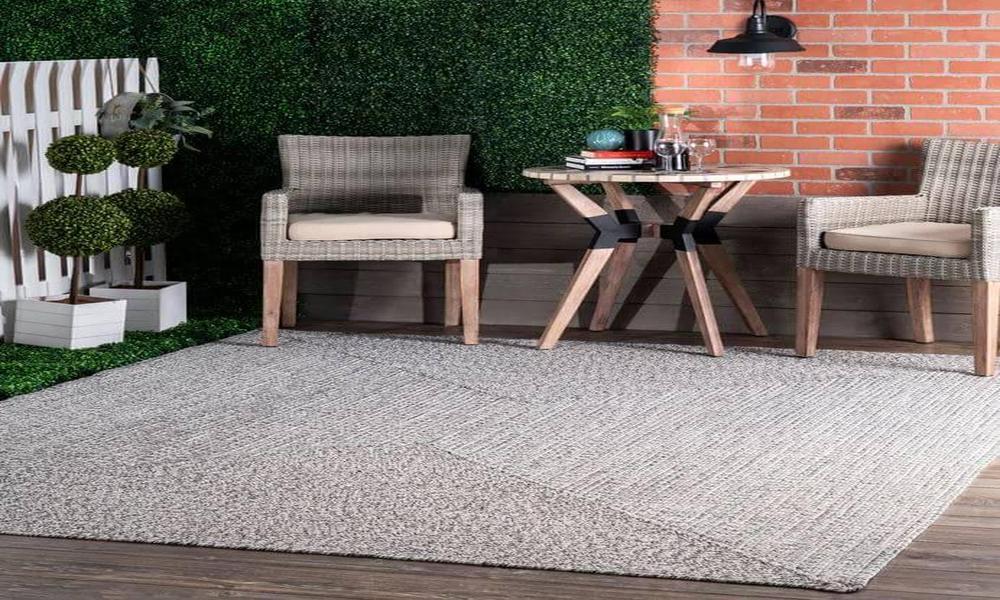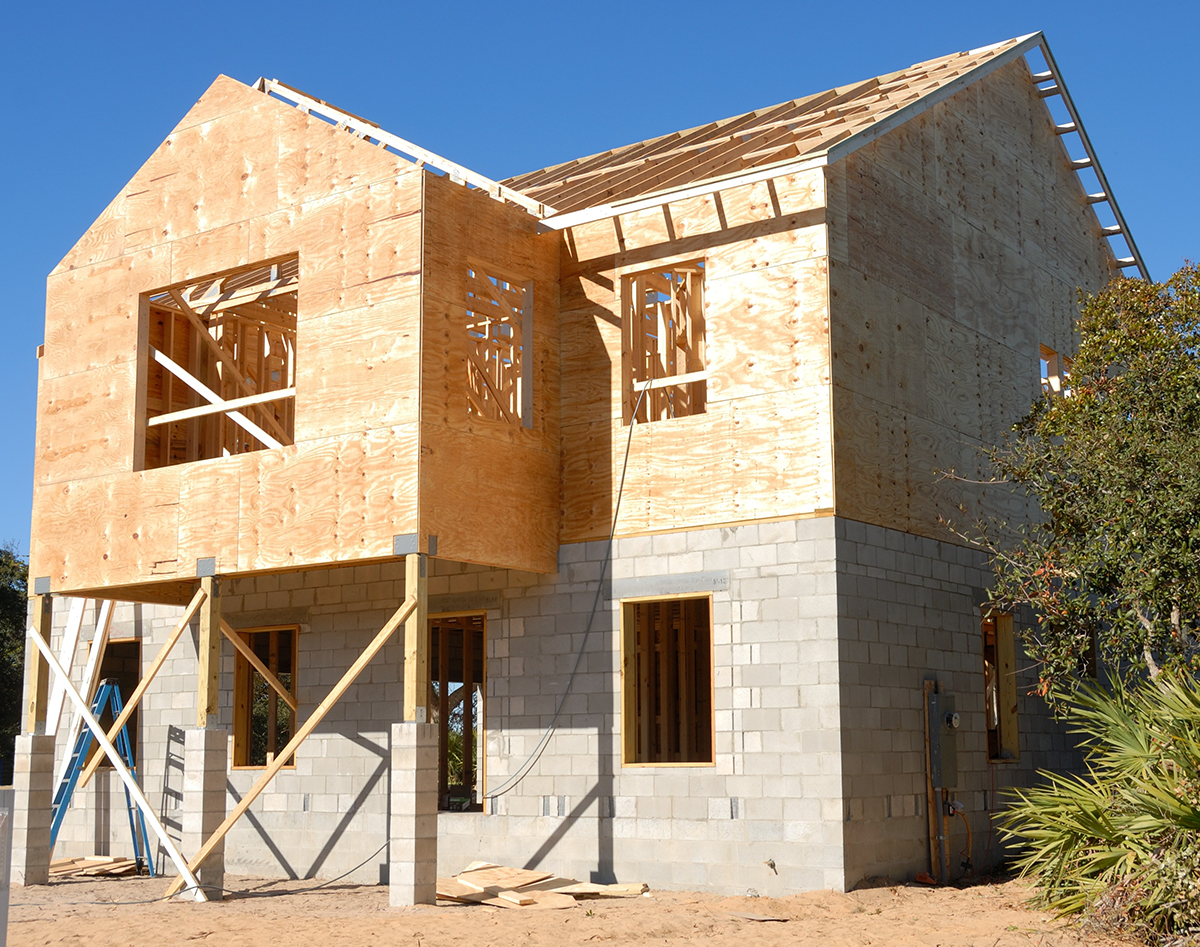The majority of outdoor carpets are made from polyester and polypropylene. Both these options are durable and strong as they can bear diverse weather conditions and higher foot traffic. Unlike the majority of natural materials, polyester, and polypropylene do not absorb moisture. But there are a lot of other options you can consider.
In this outdoor carpet guide, we’ll walk you through all the viable natural and synthetic options. So, let’s have a closer look at them.
Synthetic Fiber Options
Polypropylene
Ideal For: Humid, damp climates with heavier foot traffic.
Polypropylene is considered the most common material for outdoor carpets thanks to its durability and resistance to weather. These carpets do not absorb moisture and therefore don’t allow the growth of mold and mildew, making them ideal for humid and damp environments.
Polyester
Ideal For: Humid, damp climates with moderate foot traffic.
As we’ve stated earlier; polyester is also one of the greatest materials used for outdoor carpets. It is also resistant to weather, fading, and mildew. What’s great about polyester carpets is they repel stains.
Nylon
Ideal For: Shaded and dry outdoor spaces with heavier foot traffic.
Nylon outdoor carpets are highly durable, strong, and colorfast. As the material won’t wear down easily, it is ideal for areas with higher foot traffic. However, you may need to keep nylon rugs in shaded areas since the material can get very hot under direct sunlight.
Acrylic
Ideal For: Diverse climates and shaded patios with moderate foot traffic.
Acrylic outdoor carpets feel good underfoot. The material is known for its warmth, softness, and luxurious texture. It is resistant to moths, sunlight degradation, oil stains, and chemicals. Also, these carpets retain their shape after washing.
Natural Fiber Options
Bamboo
Ideal For: Dry climates and shaded patios with low foot traffic.
If you looking for a carpet for a roofed outdoor space, bamboo is what you can go for! Outdoor carpets made of bamboo are durable and resistant to allergens, insects, and fire. However, avoid putting these carpets under direct sunlight.
Jute
Ideal For: Dry climates and shaded patios with medium foot traffic.
Primarily made from the Corchorus genus, jute is one of the eco-friendliest materials on the planet. Jute outdoor carpets are highly absorbent. Therefore, it is advisable to keep them under a covered patio.
Sisal
Ideal For: Dry climates and shaded patios with high foot traffic.
Sisal outdoor carpets can handle higher foot traffic thanks to the material’s toughness. But it is also highly absorbent just like jute and therefore is ideal for covered areas.
Seagrass
Ideal For: Diverse climates and shaded patios with high foot traffic.
Seagrass is a very good option for outdoor carpets as it doesn’t absorb water. Unlike sisal and jute, the material is resistant to mold and mildew. These carpets come in natural soft beige color.
Hemp
Ideal For: Diverse climate and heavy foot traffic.
Hemp outdoor carpets are also ideal for higher foot traffic areas. As the fiber is naturally resistant to mold and mildew, there is no need to get worried if your carpet gets wet.
Hence, there are many other options as well! What we would recommend you is to go with polyester or polypropylene outdoor carpet as both these materials are ideal for outdoor use.




